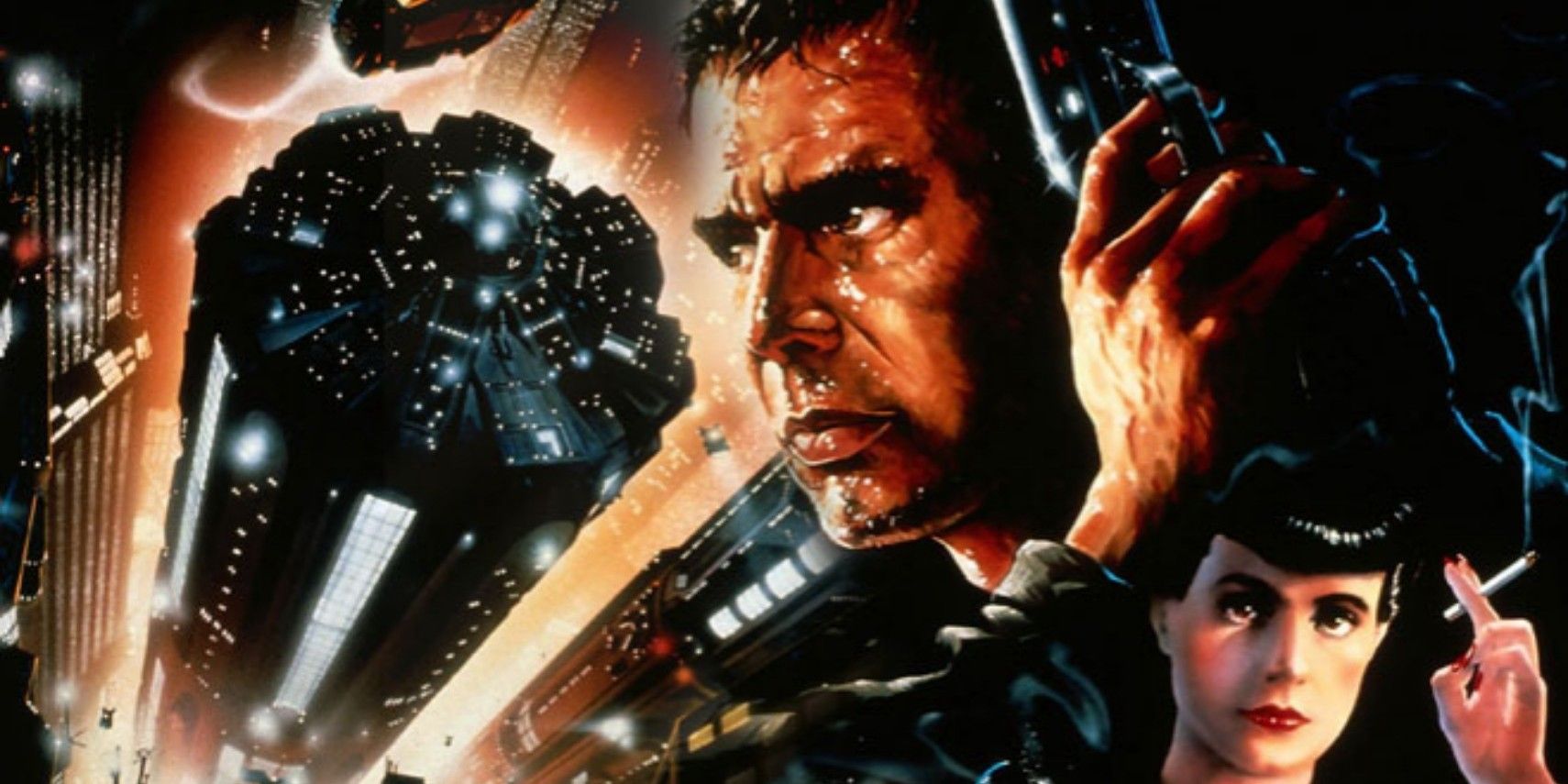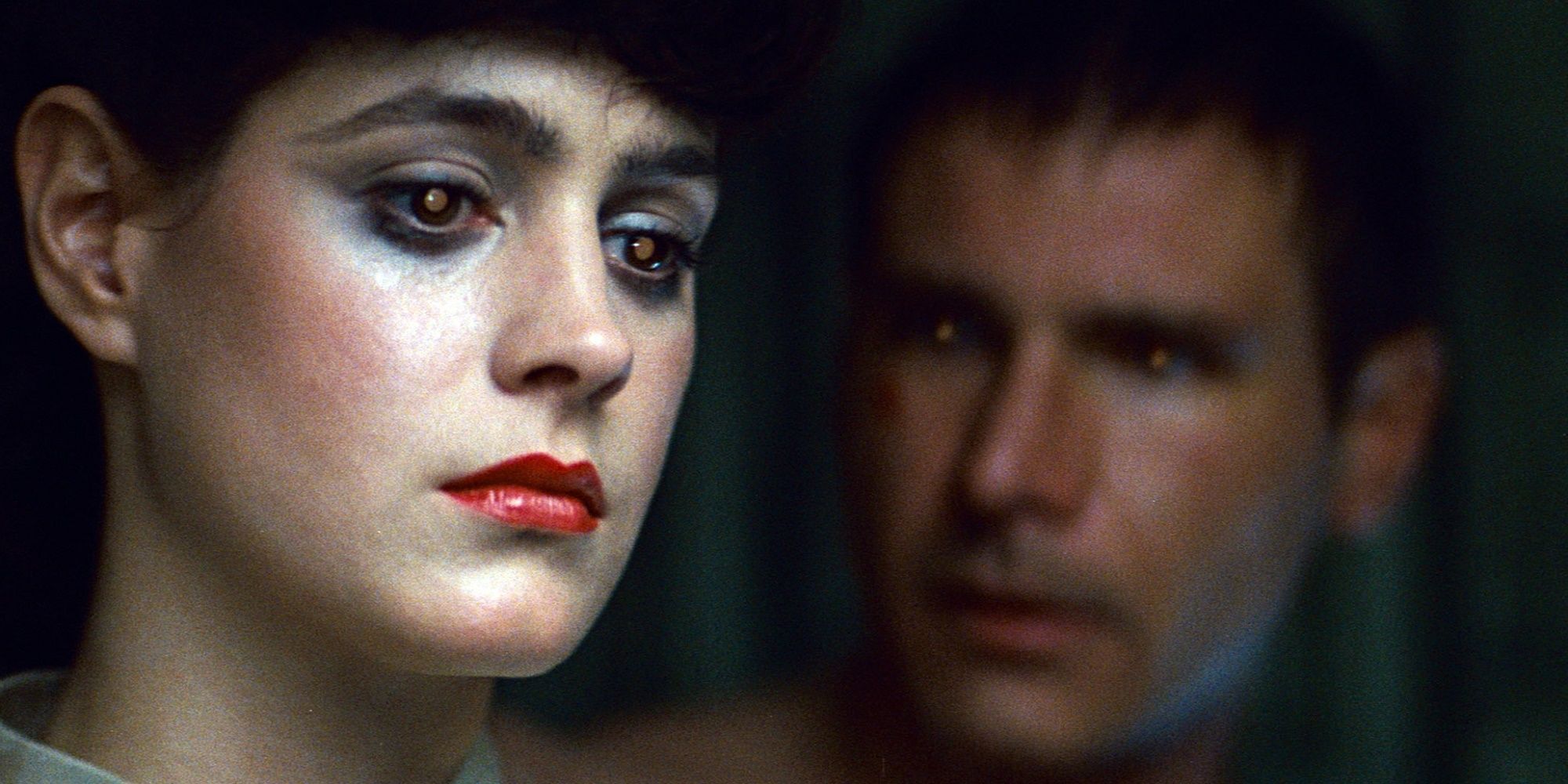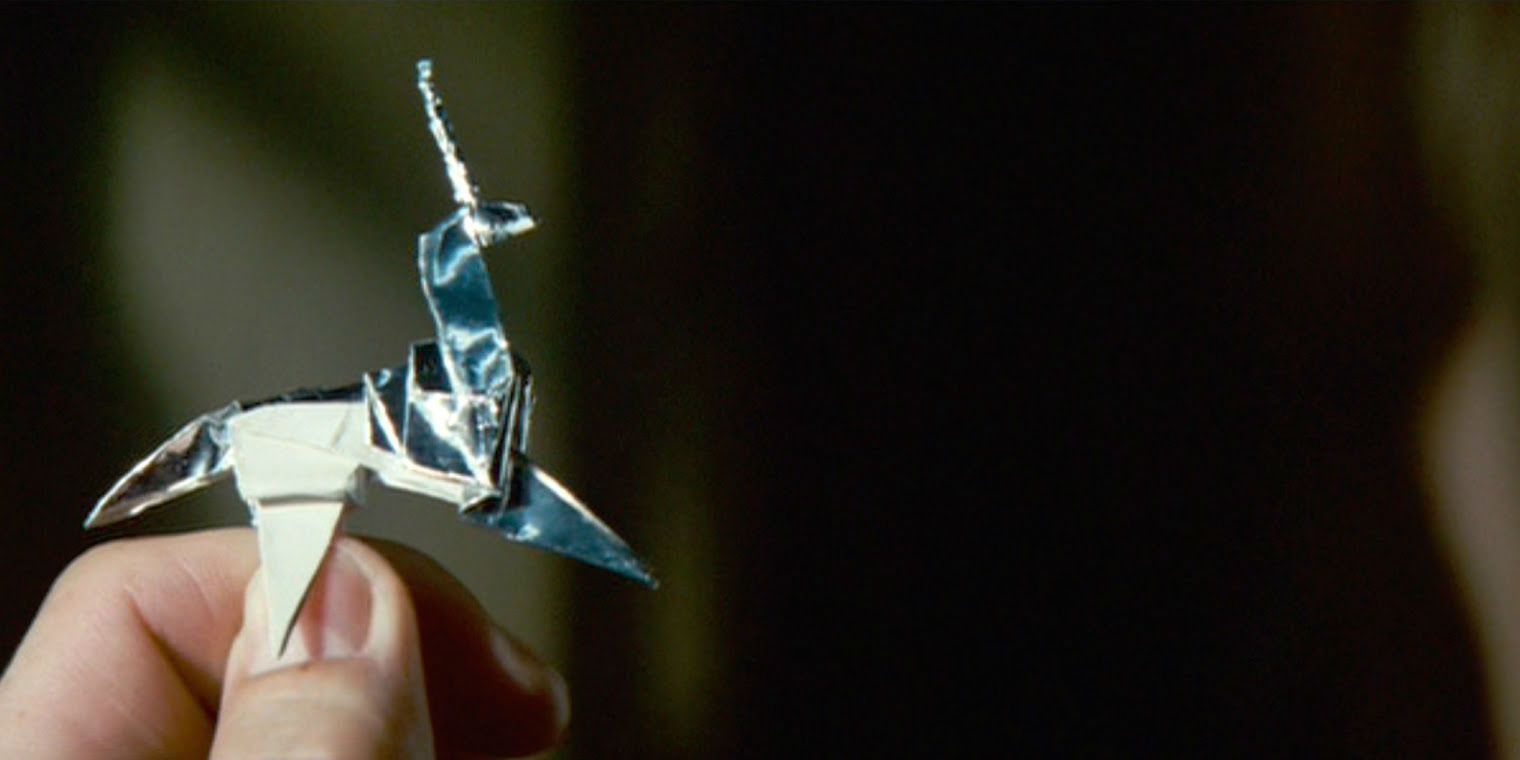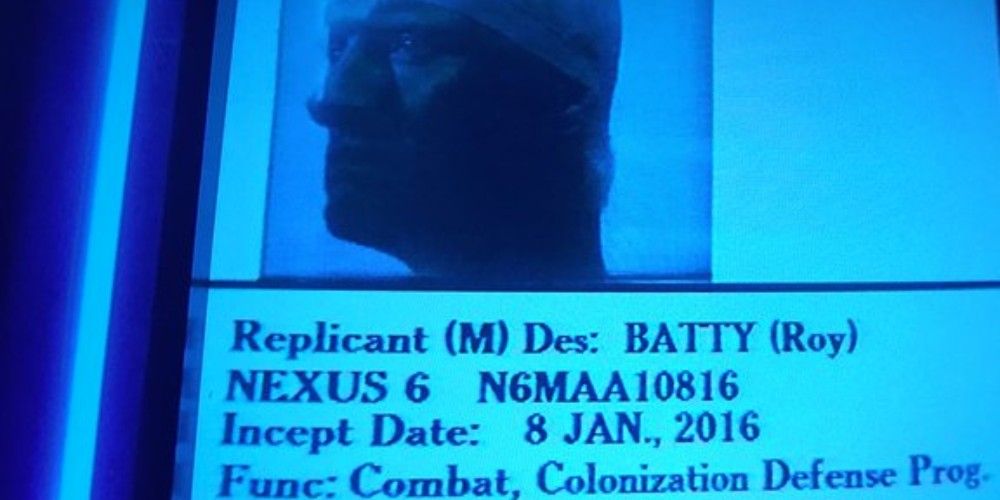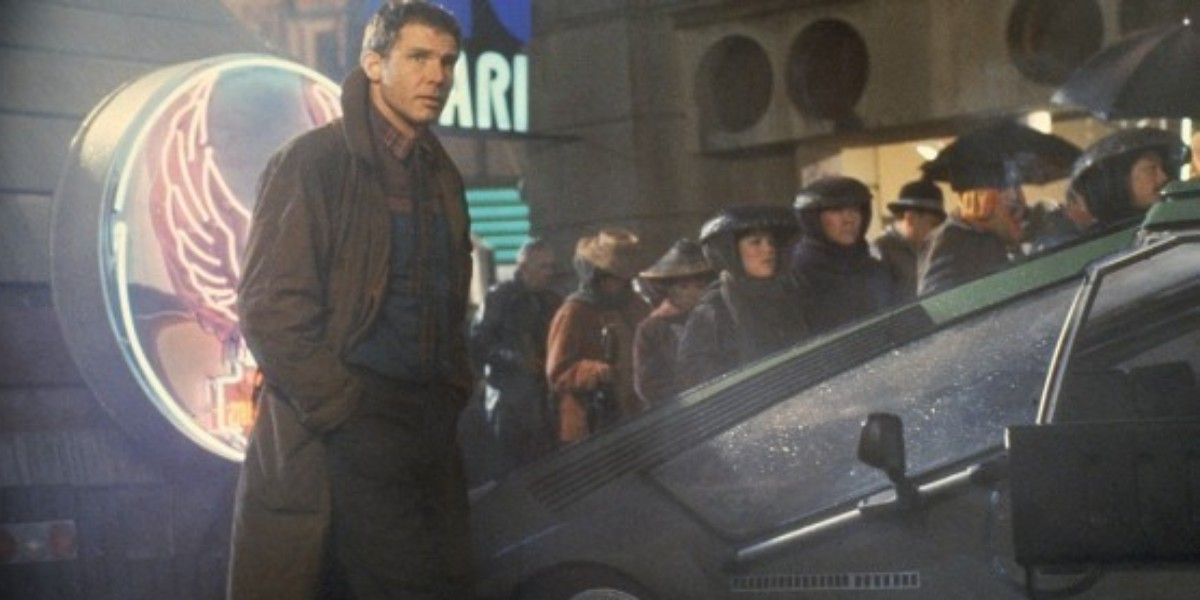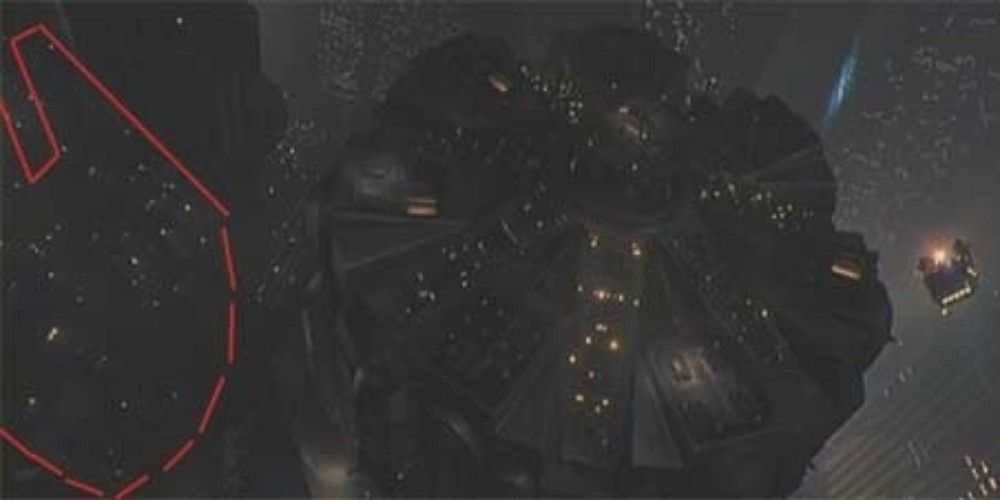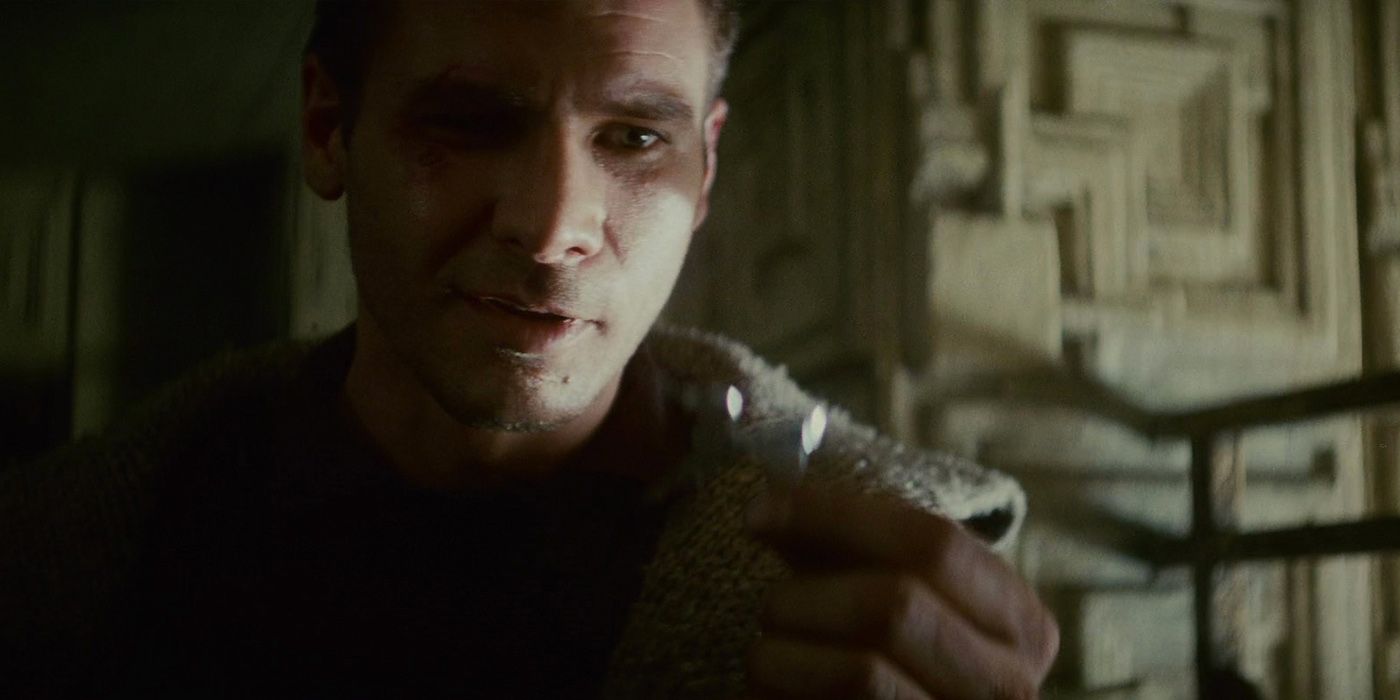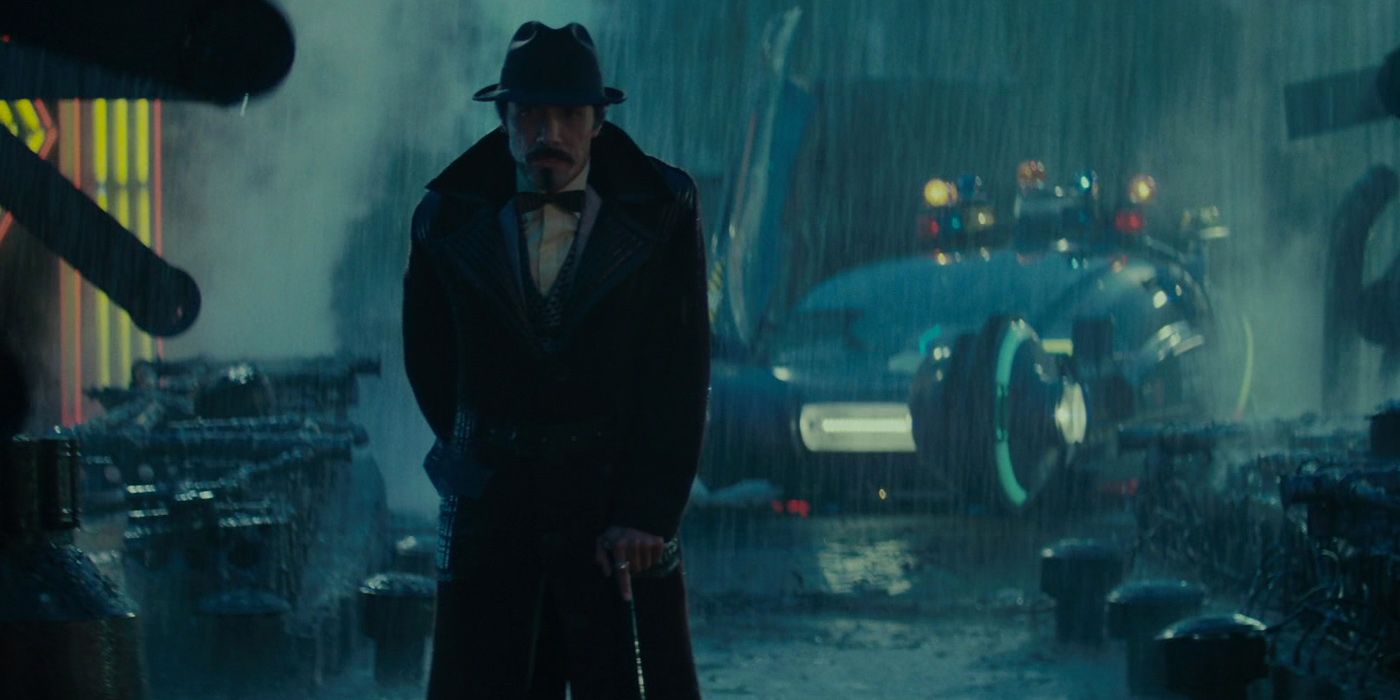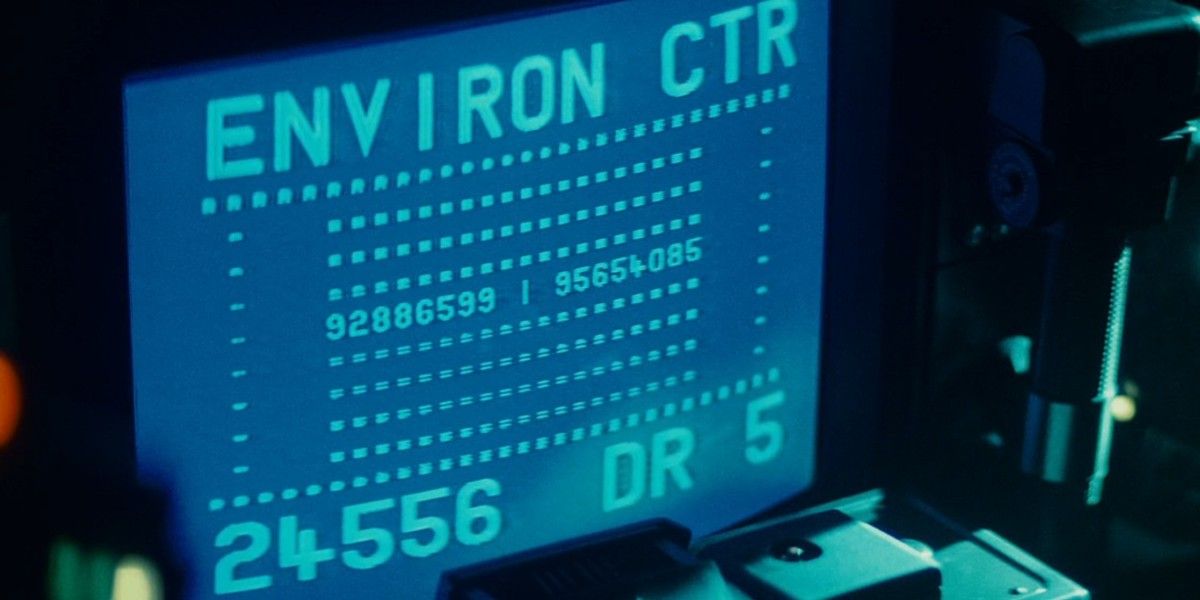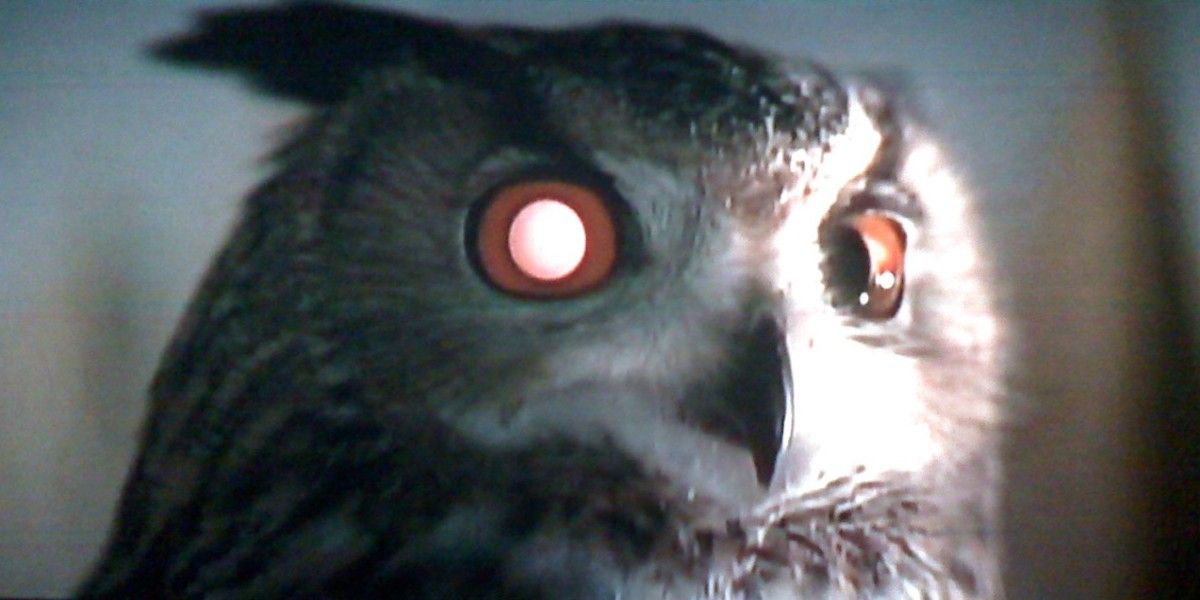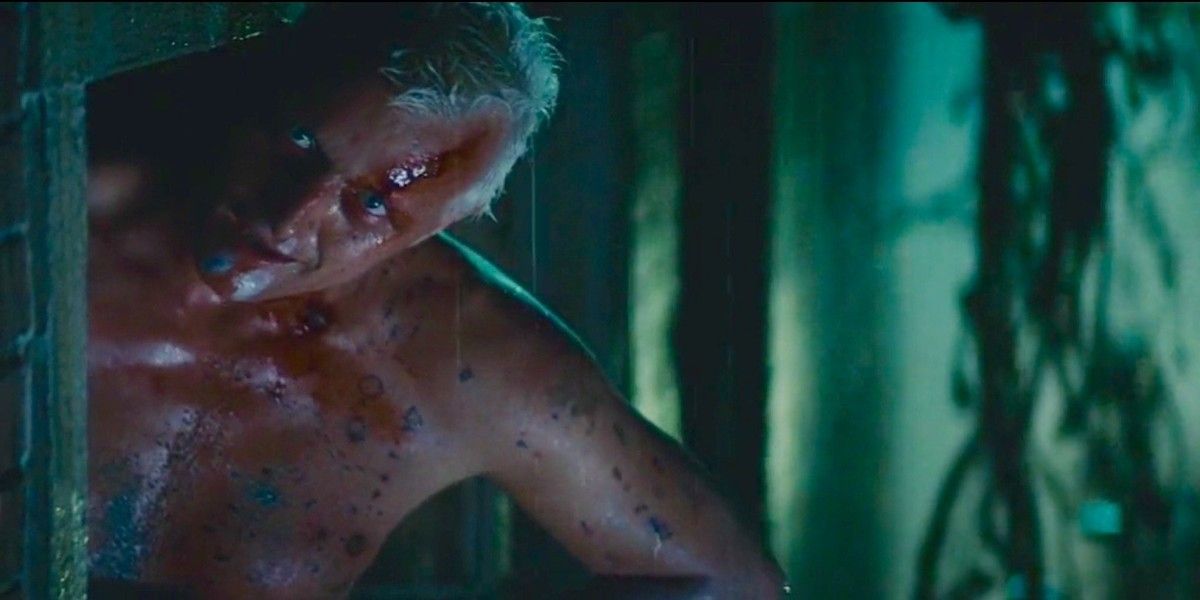Much has been made of Ridley Scott's sci-fi opus Blade Runner, from its stunning visuals to its provocative narrative. From its opening shot, it captured the imagination of moviegoers in 1982, and has continued to be awe-inspiring ever since. Though it didn't do well on its initial run, it became a cult classic, and has since been reinstated as one of the most compelling contributions to the art of cinema.
The story follows Deckard (Harrison Ford), a Blade Runner forced out of retirement to hunt "replicants," synthetic humans who have gone rogue on their Off-World colonies and have escaped back to Earth to hide out. As Deckard sifts through the underbelly of a futuristic Los Angeles, he uncovers clues to not only the replicants' whereabouts, but discovering his own humanity. This "tech-noir" is full of all sorts of hidden meanings and symbols, 10 of which you'll find below.
REPLICANTS' EYES GLOW RED
Eyes are very symbolic in Blade Runner. From the very opening sequence with Leon's eye being scanned for his empathy test, to lines of dialogue like, "If only you could see what I've seen with your eyes," they are the "window to the soul" of the film.
One of the most prominent ways in which eyes are important to the narrative concerns replicants. Their eyes glow red in certain light, including the replicant owl at Tyrell's office. To add ambiguity to Deckard's character being a replicant or not, his eyes were even given the glow when speaking with Rachael in his apartment.
GAFF'S ORIGAMI ANIMALS HAVE MEANING
One of the most celebrated "hidden details" in Blade Runner is the series of tiny origami animals that Gaff makes throughout the film. If you pay close attention, each one has a specific meaning. For instance, he first makes a chicken when Deckard is trying to "chicken out."
Out of a paper match, Gaff makes the figurine of a "burning man" while Deckard is investigating Leon's apartment, while the final origami creature is a silver unicorn, which he makes outside Deckard's apartment when he's deciding whether or not to kill Rachael.
BATTY'S LIFE SPAN
Replicants were synthetic life forms designed by the Tyrell Corporation to be a labor force in Off-World colonies, or sometimes as pleasure units for colonists. They were intended to have four-year life spans, both as a fail-safe (because some tended to develop unstable emotions at the four-year mark), and to make humans feel more comfortable.
Each replicant in Blade Runner has an inception date. Roy Batty's is January 8th, 2016. Since all replicants have a four-year life span and Batty dies in 2019, it's thought that his cellular atrophy and degradation was beginning slightly earlier than predicted, and may have been an issue with the Nexus-6 models.
LOS ANGELES WAS A HOSTILE PLACE IN 2019
The level of detail in Ridley Scott's futuristic Los Angeles is meticulous. Much of the world-building on the minute scale you can't even see in the film, but adds to the rich and "lived-in" feel of the environment that Deckard, Gaff, and the replicants travel in.
Referred to as "layering" by the director, the complexity afforded to Los Angeles in 2019 has depth. For instance, to convey how hostile it is, signs on buses read, "Driver Is Armed: Carries No Cash!", as well as parking meters that say, "DANGER! You Can Be Killed By Internal Electrical System If This Meter Is Tampered With!" There were also fictitious magazines on racks, including "Creative Emotion and Droid."
A VARIETY OF OBJECTS WERE USED TO CREATE THE SKYLINE
The aerial shots of Los Angeles are breathtaking, created with a combination of cinematographic wizardry, practical effects, and matte paintings. In order to add depth to his vistas, Ridley Scott approved the use of different materials to stand in for buildings, including some from other science fiction movies that came out before Blade Runner.
The biggest example of this is an upright Millennium Falcon from Star Wars Episode IV - A New Hope, which can be seen to the left of the police building when Deckard and Gaff are landing their spinner. There's even a kitchen sink simulating a building when the shot of the Asian billboard is show for the first time.
INTERIORS WERE MODELED AFTER FAMOUS PLACES
If you think that Deckard's apartment looks familiar, it might be because you've seen that sort of architectural aesthetic before. Set designer Charles William Breen drew Deckard's apartment with inspiration from famous architect Frank Lloyd Wright's Ennis-Brown House located in Los Angeles.
Breen even went so far as to have plaster casts taken of the blocks at the Wright house and used them for the walls of the apartment set at Warner Bros. Tyrell's bed chamber, meanwhile, was designed to look like the Pope's room in Rome, opulent and regal.
CITYSPEAK WAS CREATED FOR THE FILM
Early on in the film, Gaff speaks in a language that's referred to as "city speak" by the voiceover narration in the theatrical cut. It's an amalgamation of words from different languages, most notably Japanese, Chinese, French, and English.
This language was made up by actor Edward James Olmos, who felt that with the mixture of cultures in Los Angeles at the time, and the presence of so much more of their blending by 2019, that people on the street would speak in a dialect that combined all sorts of languages. He's purported to be amazed at how foretelling it was of the extreme hybridization in the lexicon of Angelenos today.
IT COULD BE SET IN THE SAME UNIVERSE AS ALIEN
Prior to Blade Runner, director Ridley Scott was hot off the success of Alien, his 1979 sci-fi horror masterpiece. Much has been discussed about the connection between Alien and James Cameron's movie Avatar, which also features the "loaders" from Aliens (the sequel), and the presence of The Company.
When Gaff is taking Deckard to see Captain Bryant, pay attention to the display screen of the police car. The monitor shows "Environmental CTR Purge" across its screen. This also appears in Alien when Ripley starts up her shuttle, the Narcissus. Perhaps the state of the Earth in the future is why so many colonists started settling other worlds, unaware of the xenomorph threat.
THE SNAKE AND THE OWL
An element not expressed directly in the film, but explained extensively in the novel, is that all animal life on Earth is virtually extinct. Therefore, when Deckard asks Zhora is she's handling a real snake, she replies, "Do you think I'd work at this dump if I could afford a real one?", implying that real animals are coveted for their rarity and used as status symbols.
In the scene where Deckard goes to Tyrell Tower for the first time and encounters an owl, he asks Rachael if it's real. She states, "Of course it is". This is similar to the novel, in which Rachael is lying, because the Tyrell Corporation is so adept at making synthetic life forms, they look almost real. In an earlier take of the scene, she stated, "Of course not", but it didn't create the same ambiguity.
BATTY'S TATTOOS
Roy Batty is one of the most complex characters in the film. He's a synthetic being who shows a wider range of emotion than his human counterparts. He lives life to the fullest while the other inhabitants of Los Angeles shuffle through the streets as the walking dead. When he fights Deckard at the end of the film, he's fighting for his right to exist.
During the fight, viewers can clearly see a series of tattoos on Batty's chest and shoulders. As explained by Ridley Scott in the commentary for his Final Cut version, they're like demarcations in an engine. Batty was a war veteran in Off-World, and the thought was that the tattoos designated socket positions for a battle suit that was placed over him and then connected to his internal nexus.

